Our Standard EV Charger Installation.
-
Dedicated EV Circuit
A new circuit run directly from your consumer unit (fuse box) to the charging point, ensuring your EV charger operates independently and safely.
-
Up to 10 Metres of Cable
High-quality 6mm or 10mm EV-rated cable, surface-mounted and neatly clipped along walls or fences.
-
One Cable Penetration
Drilling through one external wall if needed to route the cable outside.
-
Circuit Protection
Installation of all required protective devices in line with the 18th Edition Wiring Regulations, including: RCD/RCBO (residual current device) for fault protection. SPD (Surge Protection Device) to protect your EV charger and home appliances from voltage spikes.
-
Earthing Arrangements
Safe connection to your existing PME/TN-C-S earthing system, with additional earth rods or protection devices fitted where regulations require.
-
Dynamic Load Management Setup
(if supported by the charger) – Ensures your household supply is not overloaded when charging your vehicle alongside other appliances.
-
Connectivity and App Setup
Connection of the charger to your home Wi-Fi or 4G (if applicable), plus demonstration of the smartphone app for scheduling and monitoring.
-
Testing and Certification
Full electrical testing of the new circuit, plus an Electrical Installation Certificate (EIC) for your records. Carried out by a qualified, OZEV-approved installer with full Part P building regulations compliance.
-
OZEV Grant Paperwork
If eligible, we will handle the documentation to claim your government grant.
When Additional Costs May Apply
Not every home is the same, so sometimes extra work is needed. We will always confirm any additional costs before starting work. These may include:
Cable runs longer than 10 metres, or requiring conduit or trunking.
Running cables under floors, through lofts, or concealed routes.
Additional drill holes or trenching across driveways or gardens.
Hardwiring the chargers via an ethernet connection.
Upgrading your consumer unit if it has no spare ways or lacks RCD/RCBO protection.
Installing new earth rods where the supply type requires it.
Supply upgrades requested from your Distribution Network Operator (DNO).
